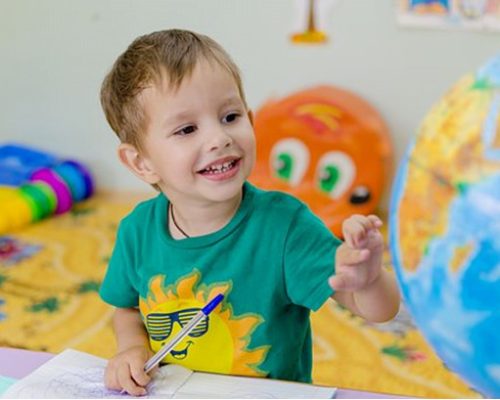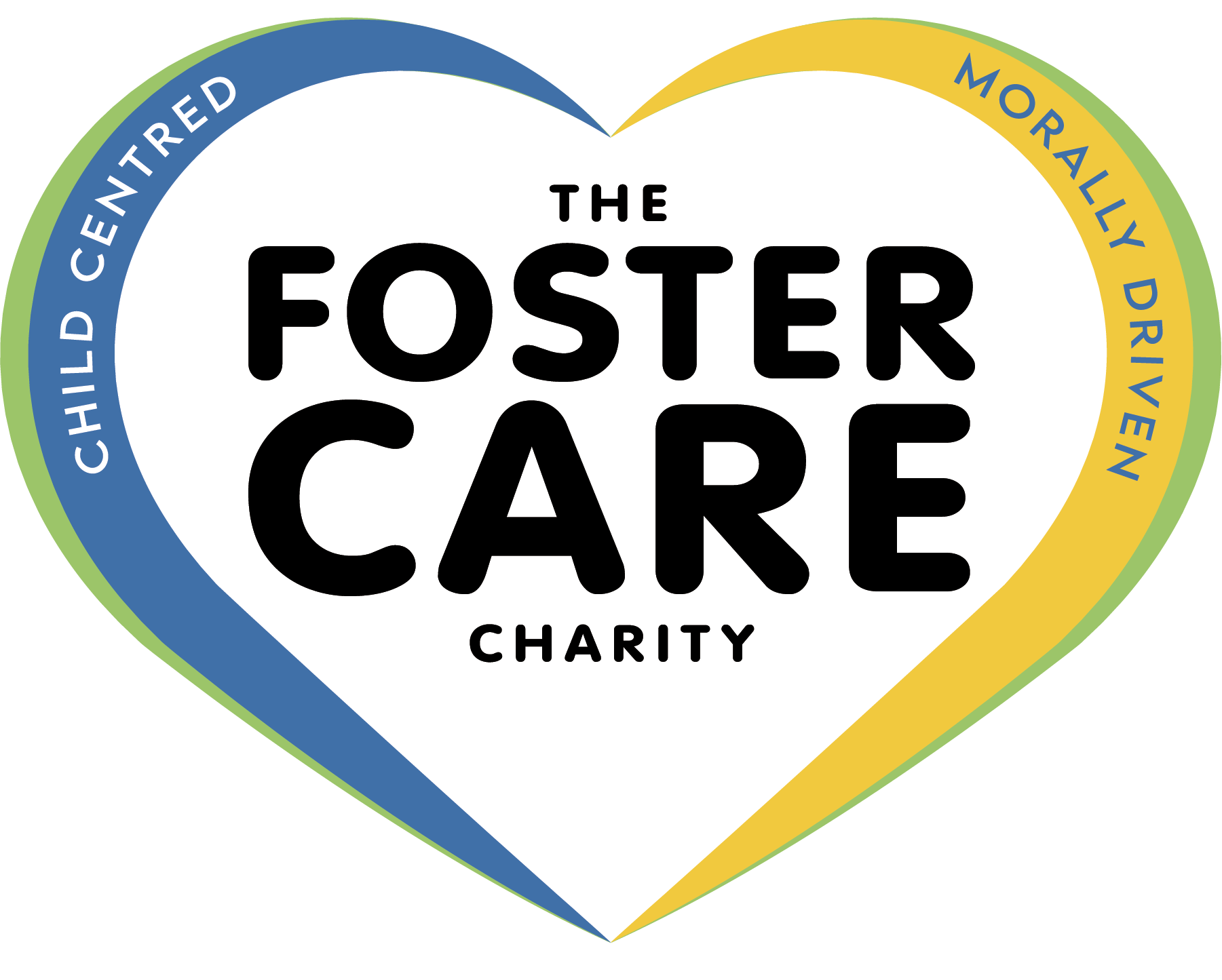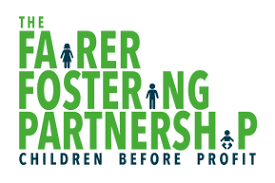
This month’s blog is all about how social media is evolving to be a medium for instant images – and the implications for privacy and behaviour.
From Show and Tell to Upload and Share
This month I am reflecting on recent learning about the increase in the use of images on social media sites, and the popularity of the instant nature of sharing these images. Social media is evolving from text based to image based messages and communications, either via static pictures, moving images (GIFs) or video clips. Hence the popularity of image dominated sites such as Instagram and Snapchat, and with Facebook and Twitter posts also increasingly including images.
We live in a progressively visual world where we often quickly scan our news feeds for new content, especially on mobile devices. We don’t read, we scan and we are becoming adept at processing large amounts of data quickly, and taking from it what we need. A bright visual is easier to absorb than black text. Pictures are quicker and easier to consume and process, much more fun to share, and it is well established that social media posts with an image get significantly more likes and shares.
If you are reading this on a mobile device, have a scroll through these ‘social media posts’ with images (all copyright free):
Awww soooo cute. George’s first day at nursery #toosmall #proudmummy #missinghim

Lost my reading glasses….. !!!![]()
![]()

Breakfast was amazing. New ‘Everything with Eggs’ café on High Street. Check it out @eggscafe @eggshare @breakfastchat #eggs #breakfast #WOW!

Now have a look at the same posts with the text only:
Feeling a proud mum today. George’s first day at nursery today and he looked so cute but too small for school and I’m missing him already.
Lost my reading glasses….. !!! ![]()
![]()
Wow!! Breakfast was amazing at the new Everything with Eggs Café on high street. Check it out! @eggscafe @eggshare @breakfastchat #eggs #breakfast
Not quite as appealing or as enticing to read or share without the image.
Social media makes it easy for us to share images, especially on mobile devices. We can quickly share an image on a number of different platforms, collecting likes along the way. Whilst losing control of the image as it is re-posted along the way.
For a long time in my online safety and digital parenting training I have asked the questions; What is privacy? And what does privacy actually mean online? Has the concept and value of privacy also evolved from a personal choice, decision and attitude, out of respect for self and others, to a setting that controls us, and which we need to regularly review?
I strongly advocate that we make use of the privacy settings available to us via social media platforms and our devices, but this shouldn’t become a replacement for personal agency and attitude. In-built settings can be changed at any time by the operator, or can expire or automatically change when a young person’s age changes because the DOB has reached 18 for example. Once a post has been shared we lose control and the original privacy settings don’t apply. Whereas applying our own attitudes and values to privacy in advance can be robust and reflective, and gives time to think before we post.
For young people the need for privacy (online and offline) is part of growing up, a natural emotional and physical change and this is inherently linked to trust. This trust can be in the self, with self-esteem and control, and in others in the form of relationships.
The topic of sharing images, especially with sexing and explicit images by or towards children and young people is crucially important, and these conversations can start with the actions of sharing any image and how social media is evolving to be a medium of instant images. The NSPCC have launched a new campaign called WildWestWeb[1], which calls on the government to take steps to regulate social networks, following a survey of children which highlights that on average 1 child per primary school class has been sent a naked or semi-naked image by an adult.
In addition, the desire to add an image to any post, however mundane the image, in order to get more likes and shares, can inadvertently give away private information as well as building a need to live life in pictures.
Whilst writing this post I thought about ‘show and tell’ at primary school, and the excitement of choosing an object or picture to take into school to share and talk about in front of the class. The use of show and tell in primary schools is designed to increase social and oral skills and self –esteem in children, and I guess, seek approval or ‘likes’ from the teacher and classmates. Our behaviours and needs haven’t evolved; just the platform and speed we now use to do it and meet these needs. We wouldn’t have taken anything private into school to show….. would we?
Thank you for reading my blog.
Lynn Findlay
lynn@fostercarecooperative.co.uk
[1] https://www.nspcc.org.uk/what-we-do/campaigns/wild-west-web/
Tickets for the ‘Your Child’s Digital World’ fostering conference, taking place on Tuesday 5th February 2019, are on sale via Eventbrite here.








